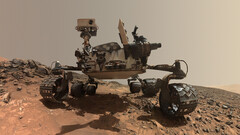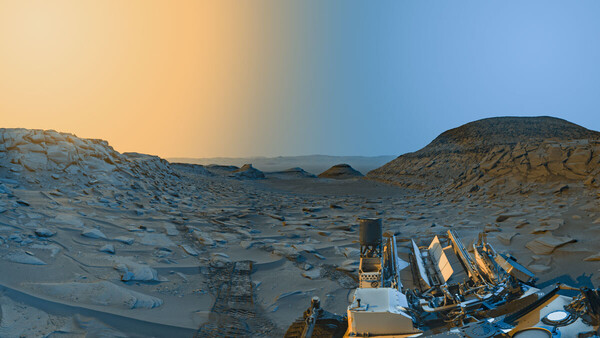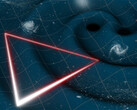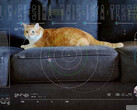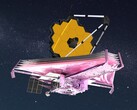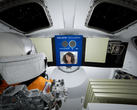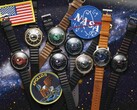1. NASA's Curiosity views first 'Sun Rays' on Mars
NASA's Curiosity Mars rover, equipped with high-resolution imaging technology, recently took a notable Martian sunset on February 2, 2023, a first-of-its-kind observation featuring sunlight filtering through atmospheric clouds. This observation is a part of Curiosity's extended mission to analyze Martian cloud formations, furthering its initial 2021 studies on noctilucent clouds.
The Curiosity rover, equipped with sophisticated imaging tools, observed these clouds, theorized to be at altitudes higher than the usual 37 miles and possibly composed of carbon dioxide ice. This hypothesis is based on the cloud's appearance in the images and the prevailing cold conditions at higher altitudes on Mars. Such observations are critical for understanding the Martian atmospheric composition, temperature range, and wind behavior.
During the 2021 phase, Curiosity's black-and-white navigation cameras were primarily utilized for capturing detailed cloud movements. In contrast, the ongoing survey, scheduled from January to mid-March, leverages the rover's color Mast Camera (Mastcam). This shift to Mastcam allows for a more detailed study of cloud particle growth and evolution over time, offering deeper insights into Martian meteorology.
2. Curiosity's 'Postcard' of 'Marker Band Valley'
In a recent update from NASA, the Curiosity Mars rover has transmitted an advanced 'postcard' from its location in the Martian "Marker Band Valley". This special picture was made by layering colors onto two black-and-white photos captured by the rover's navigation cameras on April 8, 2023, one in the morning at 9:20 am and the other in the afternoon at 3:40 pm, Mars local times. The final product presents a heightened visual contrast, achieved through the application of blue tones to the morning snapshot and yellow to the afternoon one, enhancing the landscape's features.
The image's enhanced shadow detail, a direct result of the Martian winter reducing atmospheric dust levels. This clarity in shadow detail offers a depth to the landscape similar to professional stage lighting, accentuated by the sun's angle at the different times of day. The composition also includes a detailed view of the rover's rear, highlighting its tri-antenna setup and nuclear power module.
Of particular interest in the technical community is the visible inclusion of the Radiation Assessment Detector (RAD) in the image. This instrument is key for future missions to Mars, providing essential data on the levels of surface radiation on Mars. This latest visual documentation from Curiosity is a significant contribution to the ongoing understanding of Martian landscape and environmental conditions, crucial for the planning and execution of future Mars exploration missions.
3. NASA's Curiosity rover captures a Martian day, from dawn to dusk
NASA's Curiosity Mars rover recently captured this unique role in two black-and-white videos on Nov. 8, 2023. Using its Hazard-Avoidance Cameras (Hazcams), the rover documented the movement of its shadow across the Martian landscape. These recordings were part of the final commands sent to Curiosity before Mars solar conjunction, a period when Mars and Earth are on opposite sides of the Sun, causing communication disruptions. Despite this, Curiosity continued to send back routine status updates.
Originally meant for navigation, the Hazcams were repurposed to capture a 12-hour time-lapse, aiming to record Martian weather activities. However, the resulting videos, spanning 5:30 a.m. to 5:30 p.m. local time, primarily showed the shifting of Curiosity’s shadow throughout the day.
The first video, from the front Hazcam, revealed the rover's front wheels and a calibration target used for the Alpha Particle X-ray Spectrometer. The second video, from the rear Hazcam, shows the rover’s rear wheel and power system's shadow, with the Gale Crater in the background. Notably, a black speck caused by a cosmic ray and visual noise from the rover's power system are evident in these recordings.
Both videos underwent digital correction for the Hazcams' wide-angle lens effect. The speckled appearance in the footage is due to years of Martian dust accumulation, underscoring Curiosity's long-term operation on Mars.
For those intrigued by the Mars Curiosity Rover's journey, 'Mars Rover Curiosity: An Inside Account from Curiosity's Chief Engineer' offers a detailed exploration. Find it on Amazon.
Source(s)
Source: NASA




